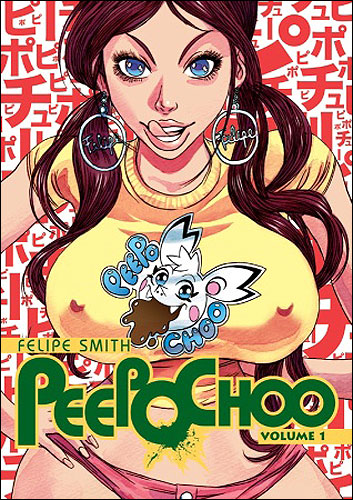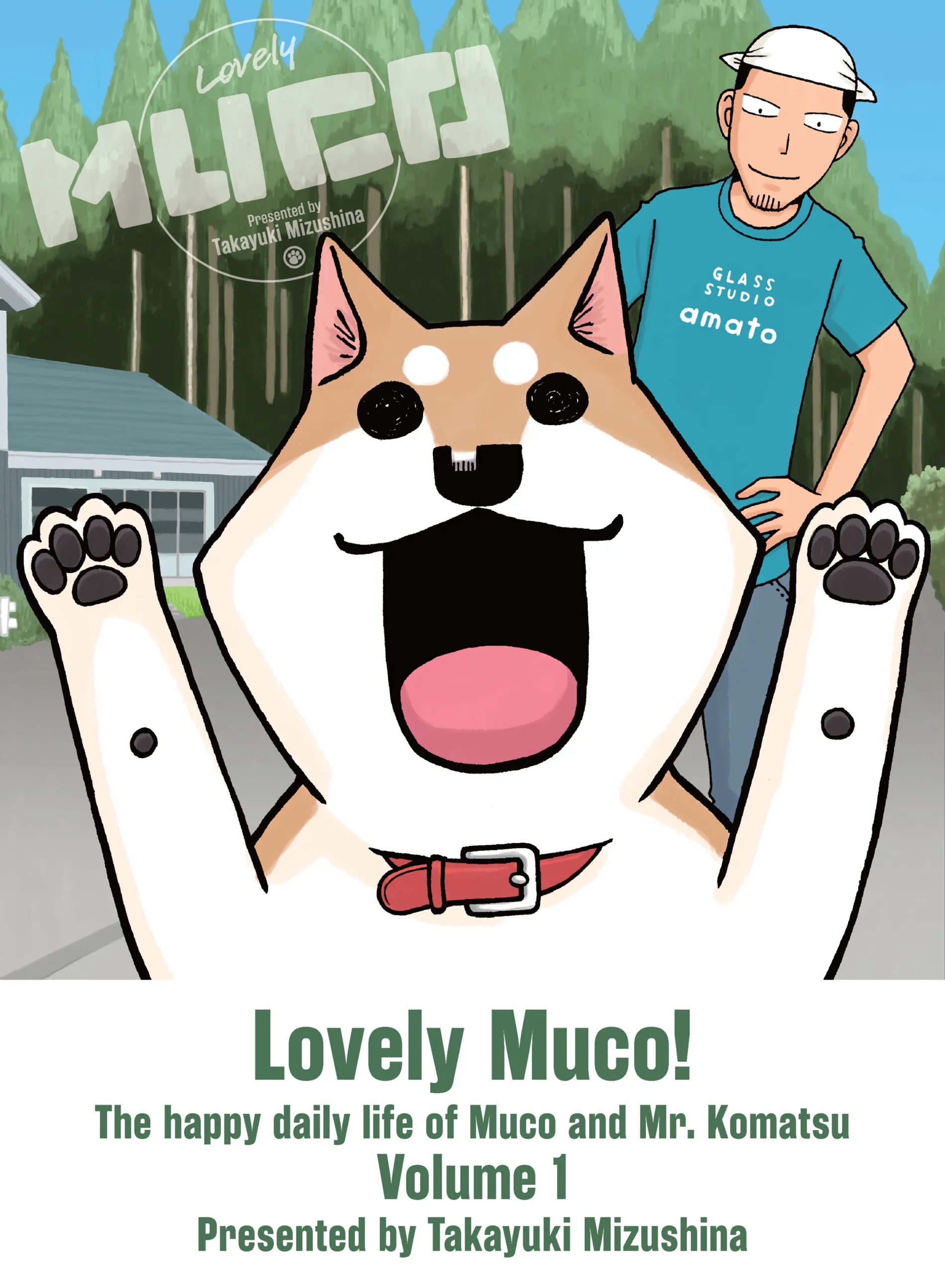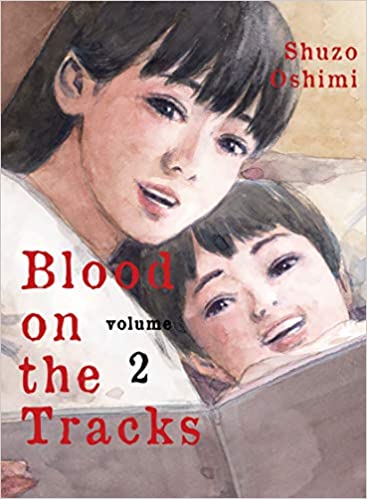When I was fifteen and in the throes of my mope-rock obsession, I fantasized a lot about England, home to my favorite bands. I imagined London, in particular, to be a place where everyone appreciated the sartorial genius of Mary Quant, fashionable ladies accessorized every outfit with a pair of shit kickers, regular moviegoers recognized Eat the Rich as brilliant satire, and — most important of all — teenage boys appreciated girls with dry, sarcastic wits and gloomy taste in music. You can guess my disappointment when I finally visited England for the first time; not only was London dirty, expensive, and filled with tweedy-looking people who found my taste in clothing odd, many of the teenagers I met were fascinated by American pop culture, pumping me and my companions for information about — quelle horror! — LL Cool J. I could have died. Though I’ve gone through similar phases since then — Russophilia, Woody Allenomania — I’ve never been able to abandon myself to those passions in quite the same way, knowing somewhere in the back of my mind that all Muscovites weren’t soulful admirers of Shostakovich and that most book editors didn’t live in pre-war sixes on the Upper East Side.
When we first meet Milton, the loser-hero of Felipe Smith’s visually dazzling Peepo Choo, he’s still innocent enough to believe that his love for anime makes him an honorary Japanese citizen. Milton proudly declares himself an otaku, viewing Japan as his spiritual home, a place where “everyone is nice,” “everyone cosplays,” and “everyone watches anime and reads manga.” “If I lived in Japan,” he tells himself, “I could be de me. The real Milton!” Looking at Milton’s life, it’s easy to see why Japan looms large in his imagination; when contrasted with his chaotic home — he shares a bedroom with eight rambunctious siblings — and crime-plagued Chicago neighborhood, Tokyo appears to be a model of order, a place where cuteness and civility prevail. What Milton discovers is that his Japan is nothing like the reality, a place populated by drunken salarymen, violent criminals, hairy cross-dressers, and puzzled commuters who wonder why he’s cosplaying on the subway. “There’s hostility in the air,” a deflated Milton observes upon spending his first day in Japan. “I know this feeling too well. I just never thought I’d feel it in Tokyo.”
Milton isn’t alone in his delusions; most of the characters in Peepo Choo are engaged in one form or another of culture shopping, trying on personae like so many pairs of jeans. There’s Jody, the jaded comic-store employee who adopts a street-thug pose and brags about his bedroom conquests, when, in fact, his sexploits amount to watching a lot of porn; there’s Takeshi, a wimp who reinvents himself as Morimoto Rockstar, a pimped-out yakuza whose greatest ambition is to emulate the Brick Side thugs (an imaginary Chicago gang); there’s Reiko, a voluptuous teen model who also cops a ghetto style and attitude, wearing enormous hoops and tiny shorts and backing up her demands for respect with foul language, middle fingers, and fisticuffs; and then there are the regulars at Enyo’s Collectibles, an anime-addled group of misfits who share Milton’s utopian vision of Japan.
To show us the unique lens through which each character views the world, Smith borrows a page from the William Faulkner playbook, switching “voices” as he moves from subplot to subplot. Milton’s story, for example, is punctuated by fantasy sequences that resemble a Takashi Murakami canvas; in Milton’s mind, even Japan’s landscapes have a pleasingly domesticated look, with smiling mountains and beaming suns presiding over a Noah’s Ark of anthropomorphic birds, cats, and hamsters. When Smith cuts to Gill, the hitman who runs Enyo’s Collectibles, the artwork becomes dark, ugly, and claustrophobic, evocative of such torture-porn films as Hostel and Saw. Smith shows us every blood splatter and cracked skull in gruesome, almost fetishistic detail, as Gill dispatches roomfuls of gangsters with gory abandon. (Gill even gets into character for his work, trading his suit and glasses for skull rings, a mohawk, and a Hannibal Lechter mask.)
Yet for all its technical virtuosity, there’s a hole at the center of Peepo Choo where its heart should be. Smith positively brutalizes his characters; in one scene, for example, two alpha girls dangle a bloody tampon in a classmate’s face, while in another, Takeshi disembowels a victim, carving a nonsense “Engrish” phrase into the man’s torso. The satirical intent of both scenes is obvious, but the crudeness of the satire feels more like provocation than actual commentary on manga cliches or Japanese fascination with American street life. The same goes for several sexually explicit passages in which Smith draws lusty women with watermelon breasts; it doesn’t take much imagination to see that he’s aping the visual language of Hustler and Playboy, but the scenes are too faithful to the source material to be anything more than affectionate parody.
Great satire is seldom generous or polite, but it shouldn’t be punitive, either, and that’s Peepo Choo‘s greatest shortcoming. Smith seems more intent on cranking up the sex and violence to eleven than making a real point about the ubiquity of either in seinen manga. I’m guessing — perhaps wrongly — that he’s hoping to implicate the audience in the characters’ rude behavior, to point out that it’s our own prurient interest in blood and boobs that drives creators to excess, but the point seems rather hollow when the artist himself seems to revel in his own ability to draw such mayhem. I wish I enjoyed Peepo Choo, as it’s obvious that Felipe Smith has the imagination and artistry to be a penetrating satirist; what Smith really needs is a little more empathy.
Review copy provided by Vertical, Inc.
PEEPO CHOO, VOL. 1 • BY FELIPE SMITH • VERTICAL, INC. • 252 pp. • RATING: MATURE (18+)




Graciela says:
Obviously, Felipe Smith’s art is not aiming at “being liked”. Appreciation is more his thing: appreciation of his command of the line and dialogue; appreciation of his insight into the humanity of his characters; appreciation of the way in which he makes his characters believable even if the “look” larger than life. I respect your feelings about this book but I think there may be a couple of things you missed in your first reading. I recommend that you get over the initial revulsion it creates and give it a second go. You may be surprised at what you find.
And I don’t believe that great satire should not be punitive. American great satire perhaps isn’t.
Katherine Dacey says:
@Graciela: I’m careful to praise Smith for his artistry and imagination, something I couldn’t do if my review was guided by simple revulsion or a single reading of the text. I admire the craft with which this book was constructed, but found it shallow and rather cruel. That’s just my opinion; there are plenty of other critics who are praising it. I suspect that this review at Comics Village more closely aligns with your reading of the text:
http://www.comicsvillage.com/review.aspx?reviewID=863
Graciela says:
Thank you, Katherine, for your response. Have you read any of the MBQ books by Felipe Smith? They may give you a general idea of what he is trying to do with his art. I think the message is that life itself is shallow and cruel… I happen to know him personally, and there isn’t a tone or a shade or a stroke of the pen that is not meant as a meaningful comment. I did read the comment that you suggest (Felipe himself sent it to me) and, frankly, I’d rather see something less enthusiastic but a little more genuine, less of a sales pitch and more of a reader’s opinion, like yours —even if you don’t seem to like it much. After all, I can develop my own opinion of his work, so I don’t need the sales pitch!! 🙂
Katherine Dacey says:
Hi, Graciela! I haven’t read MBQ, but you’re the second person who’s strongly encouraged me to do so. From what you say about Smith’s work and worldview, that might help me better understand what he’s trying to do in Peepo Choo, so thank you for the suggestion. I also wanted to say thank you for being thoughtful in your response to my review and subsequent comment; it’s rare to have intelligent back-and-forth on the internet (tone is frightfully hard), so I appreciate the care with which you framed your observations.
Graciela says:
Kathy, my pleasure. You took a lot of trouble doing this review of Peepo Choo and that itself is worth some respect. I know exactly what you mean about tone and thoughtful responses. I believe there is room for polite dissent, and I practice what I believe in. Incidentally, although this is neither here nor there, I happen to know this artist well: I am his mother… 🙂
Erica says:
I probably bring a different perspective to this story, as I originally read it in the pages of Morning 2.
It would be stupid to deny that this is a parody, but there’s something more insidiously intelligent here – it’s also not a parody at all. And by being exactly like the stories it parodies, it’s both funny and creepy.
There is a scene later on in which a teen prostitute makes a middle-aged guy buy her tons of food at successive restaurants, probably because she hasn’t eaten in days. That night when he attempts to get oral sex from her in the bathtub, the results are cataclysmic. It was horrible, but funny, but horrible because it was funny and not at all that different from a situation three stories down which was gross enough that I won’t even describe it, but was presented completely seriously.
Gunjo (IKKI) which hasn’t made it here and which I adore is really dark, full of incredible violence and grim sexual situations.
Seinen manga *is* often over the top with violence and sex and violent sex. Reviewers here, used to romance and comedy, are having some issues with the violence of Dorohedoro (IKKI) and Peepo Choo (Morning 2), but you know – that’s what seinen looks like.
I also note that there’s a key element missing from every review of this series, so I wonder if Smith wrote it out of the English version. I hope not – it was a truly awesome plot driver.
Cheers,
Erica
Katherine Dacey says:
@Erica: Sounds like you need to write your own review of Peepo Choo! I didn’t really discuss the plot of Peepo Choo at all in my review, so it’s quite possible the series remains intact from its original run in Morning 2.
William George says:
As an aside, I find this talk of Morning 2’s sleazy content reminds of the amusing (to me any way) fact that it’s also the home of the sweet as sugar “Saint Young Men”. It’s as jarring as Yotsuba&! being in Degenki Daioh.
Erica says:
I plan on it. Just haven’t gotten a copy yet. I don’t get review copies from the companies, typically.
Jade says:
Much like Mark Millar’s work the intent here reads, ‘Look at this, look at this! This is what you like, this is how you think! Bet you can’t handle the scathing indictment from the mirror I just placed in front of your FACE! Booyah!’ The end result usually appeals only to readers who enjoy looking down their noses at their ‘lessers’ in their chosen field of influence or, in rare cases, the true target, who likely won’t catch the irony.
If the book has an empathy problem, it’s too condescending, obtuse and subjective to truly engage an audience along the line of its intent. This lazy, loud, self-aggrandising brand of satire is the complete antithesis of art.
Katherine Dacey says:
I haven’t read enough of Mark Millar’s work to have an informed opinion about the similarities between his work and Smith’s, but I did think that Smith was trying to make the audience complicit in the mayhem. Mine is definitely a minority opinion; almost every other review I’ve read felt that Smith has great affection for his characters, even though they’re subjected to (and do) terrible things. If anything, I’d argue that Smith is like Quentin Tarantino in that he has tremendous love for his medium’s craft — the archetypes, the dialogue, the working-out of plot points and the emotional manipulation of the audience — but less so for his characters.
Of all the glowing reviews, this is the one I found most insightful:
http://www.genjipress.com/2010/07/peepo-choo-vol-1-felipe-smith.html
It’s not just fanboy gushing; the writer spends a lot of time substantiating his arguments from the text. It certainly gave me food for thought before I review/read the next volume.
Serdar says:
Katherine, thanks for the props! And I forgot to mention that your own review is darn good, too. It would be fun to roundtable something like this in the future, along with a couple of other titles in the same vein (e.g., Hiroki Endo’s “Tanpenshu”).
Katherine Dacey says:
Thanks, Serdar, and agreed about a future roundtable, whether it focused on a later installment of Peepo Choo or an older title like Tanpenshu, Ohikkoshi, or Red-Colored Elegy, a book that I find fascinating and frustrating in equal measure. I’d be game!
Jade says:
The difference with Tarantino is he isn’t making the audience complicit, he isn’t claiming to be putting them under the microscope. He doesn’t say he’s giving the people what they want with a snarky smirk on his face, he says his movies reflect the violence implicit in our culture, which is valid.
Another good example is Hostel, though I’m not sure if you’ve seen it. On the surface, it seems like a similar indictment of the audience’s love of violence, but no, the movie is actually an indictment of the concept of unbridled decadence itself. That’s what I feel is the difference between distasteful art and a distasteful slap in the face.
At any rate, if an artist is saying, ‘You, the audience, loves giant boobs and violence way too much, but I’ve decided you’re probably actually pretty decent folk,’ that puts a ridiculously arrogant cherry on top, but it all pretty much amounts to a strawman argument, doesn’t it? It’s jokes about those sexist/racist/violent proles that we the manga-reading elite can snicker about. It’s the otaku equivalent of Laura Ingraham.
Katherine Dacey says:
Funny that you mention Hostel, Jade — I had the opposite reaction to it: I thought its morality was as conventional as a 1950s monster movie, only with a lot more sex and stomach-churning violence. Not my thing.
You’re just going to have to let me know what you think after you’ve read Peepo Choo; from this discussion thread, I’m beginning to think you might have a different reaction to it than I did, and I’m looking forward to hearing what you have to say.
Jade says:
Haha, I don’t want you to think I think Hostel is that good of a movie! On the surface, people might think, Oh, this is saying that I, personally, am far too enamoured with sex and violence, touché sex horror cinema! Really, it’s just more of a compare and contrast piece between general decadence and depravity. Even if you think it’s a morality piece on how American tourists shouldn’t be so uppity, the people who set the traps subvert that as a high concept by using it as a weak excuse for their own depravity. Now, I wouldn’t say Hostel is deep nor is it a cinematic masterpiece, but it maintains artistic criteria which other works in the same vein throw out the window in order to spit biased messages at the audience. Does that comparison make a little more sense now?
Katherine Dacey says:
Phew — I can rescind the fatwa! 😉 Thanks for clarifying what you meant.